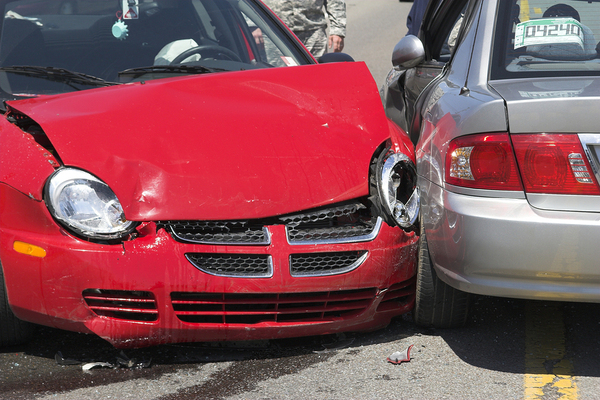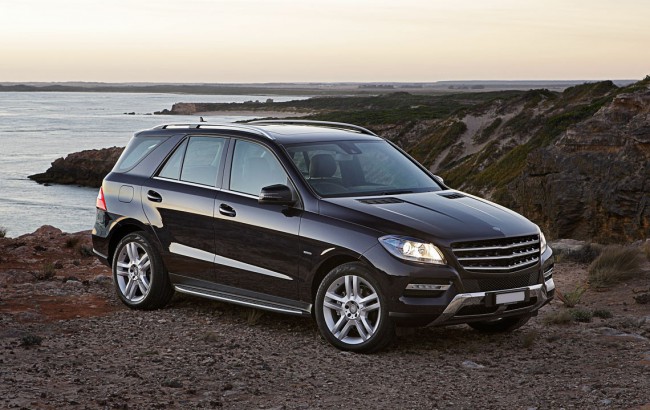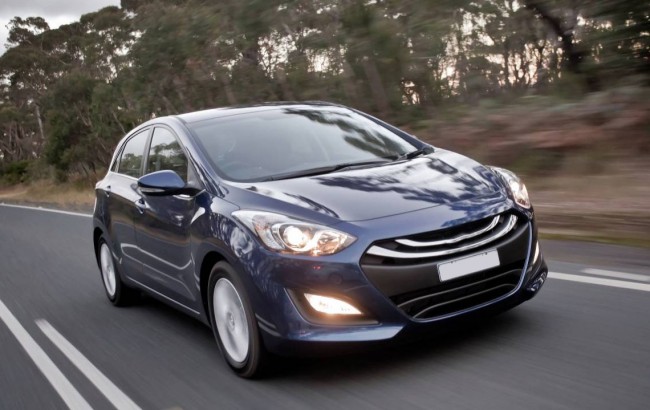What Happens If an Uninsured Motorist Hits Your Car?
What Happens If an Uninsured Motorist Hits Your Car?

If you are in an accident, you cannot rely on the other driver having insurance.
What happens when you are hit by an uninsured driver? Your insurance covers you, right? Not necessarily. Uninsured drivers are a serious problem on the roads, and many people do not know how to handle it when they are involved in an accident with someone who is uninsured. Here is what you need to know and what you need to do.
Where Do You Live?
Before you get on the road, you should know the law where you live. States fall into two categories when it comes to accidents. In states with no-fault insurance, each driver is responsible for their own injuries and car repairs, which is good in the sense that it allows you to just file a claim and get what you need, to the limits of your coverage, of course. It does, however, limit your ability to take the driver at fault in an accident to court, and each no-fault state has different rules on issues such as property damage.
Most states, however, use a tort system, where you have to prove fault in the accident. The driver at fault pays for the damages to the other driver, which is often the reason for “hit-and-run” accidents where the driver at fault attempts to escape to avoid legal issues. This is where uninsured motorists become a fairly serious problem.
Who Pays?
Uninsured motorists tend to lack financial assets. That creates a legal issue where you can take somebody to court, win a judgment, and then find yourself completely unable to get any money out of the person at fault, either because he or she does not have any assets in the first place, or because there are no effective enforcement mechanisms in place. Even if you are in the right, that is not going to pay your hospital bills. Worse, the driver might be “underinsured,” or his or her policy simply does not cover the extent of the damages.
Fortunately, you have a few options when you get insurance. The first is to get uninsured motorist coverage on your policy, whether you are in a no-fault or tort state. This will cover you from damages both from uninsured motorists found to be at fault, and also from hit-and-run situations where the person at fault escapes the scene of the accident. Another option is collision coverage, which will protect your car. Before getting either addition, be sure to talk over carefully with your agent what is covered and what is not, so you know where you stand.

When your car is totaled, and the driver at fault is not insured, who pays?
Beyond that, invest in a car with a high crash rating and a high safety rating. A totaled car is a financial burden, but months in the hospital are a much higher one. Consider add-ons like dashcams, which will let you record what happens during an accident.
In the end, though, the best you can do when dealing with uninsured motorists is to plan ahead. Know the law, get all the data you can about the accident, have insurance coverage to protect you against these problems, and drive defensively. To get informed on car insurance and learn about the safest cars on the road, start with the research from CarFoundMe.


